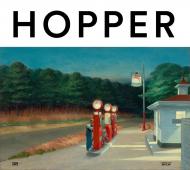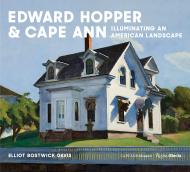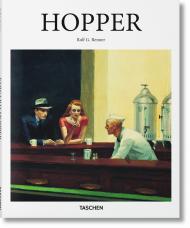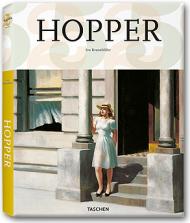Edward Hopper’s world-famous paintings articulate an idiosyncratic view of modern life. With his impressive subjects, independent pictorial vocabulary, and virtuoso play of colors, Hopper continues to influence to this day the image of the United States in the first half of the twentieth century. He began his career as an illustrator and became famous around the globe for his oil paintings. They testify to his great interest in the effects of color and his mastery in depicting light and shadow. The Fondation Beyeler is devoting its large exhibition in the spring of 2020 to Hopper’s iconic images of the vast American landscape. The catalogue gathers together all of the paintings, watercolors, and drawings from the 1910s to the 1960s on display in the exhibition, and supplements them with essays focused on the subject of depicting landscape.
About the Artist:
Edward Hopper (1882–1967) is the master of American Realism. His paintings captured life during his era. His method of painting rapidly became the stylistic foundation of a type of American modernism. A source of inspiration for countless painters, photographers, and filmmakers, his body of work continues to be influential to this very day.











